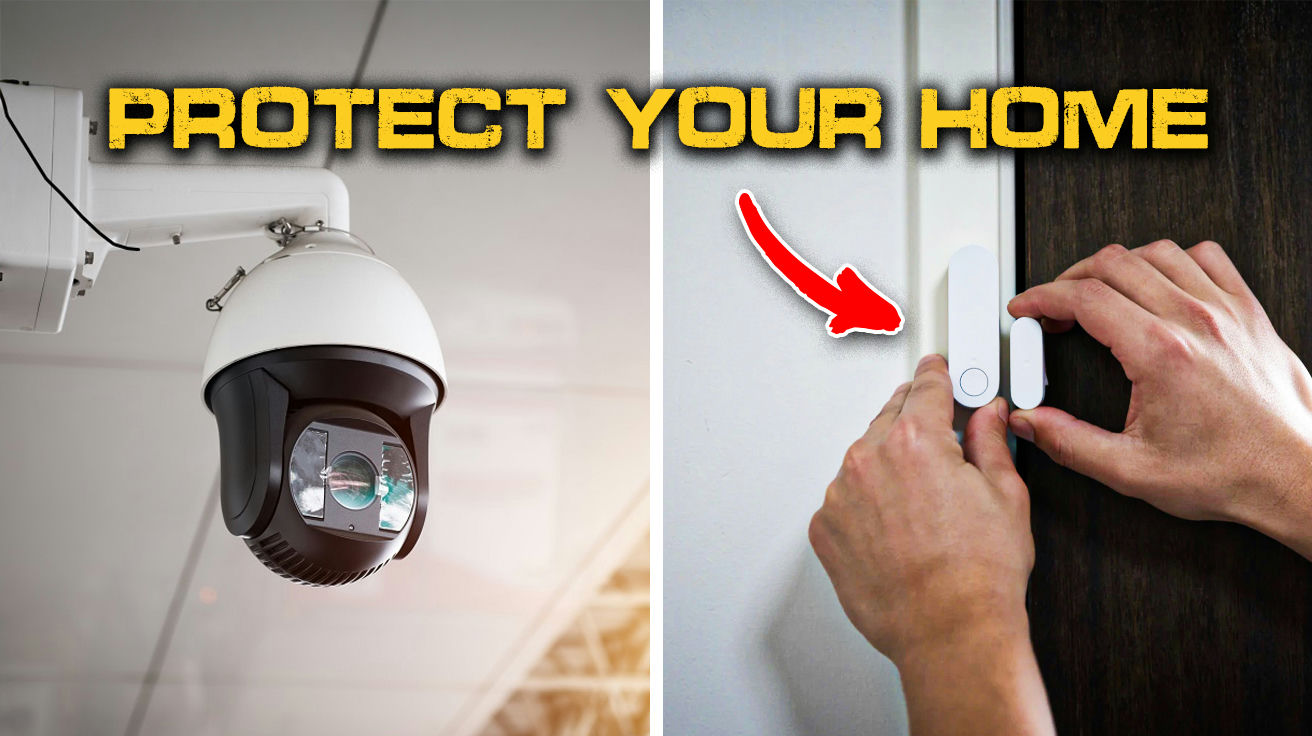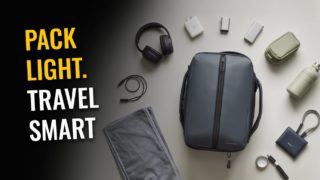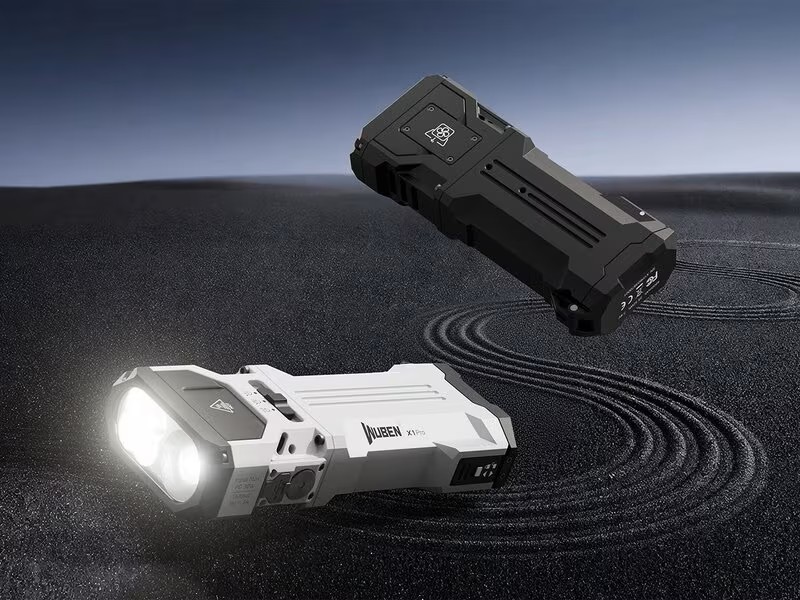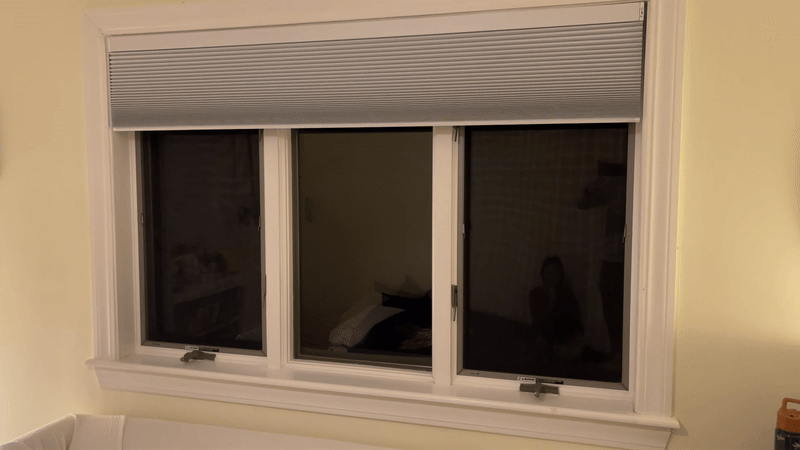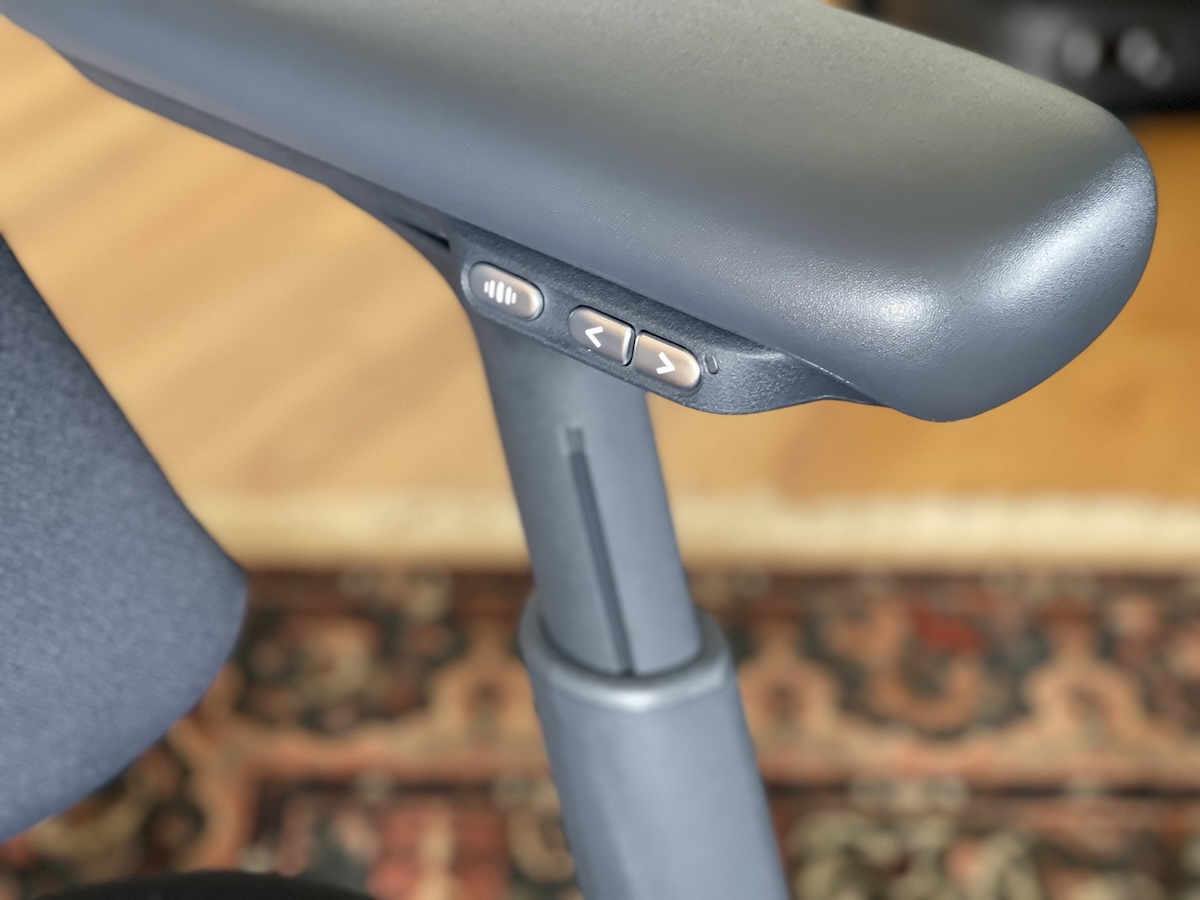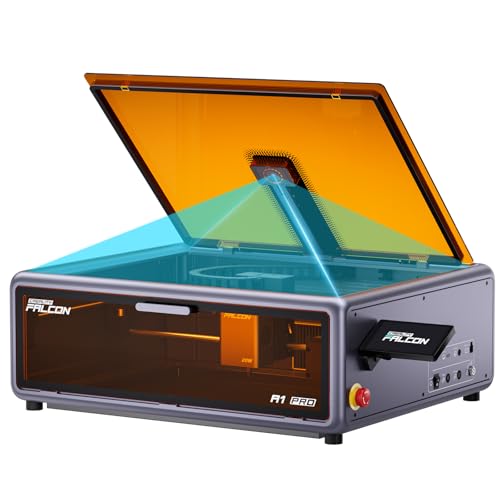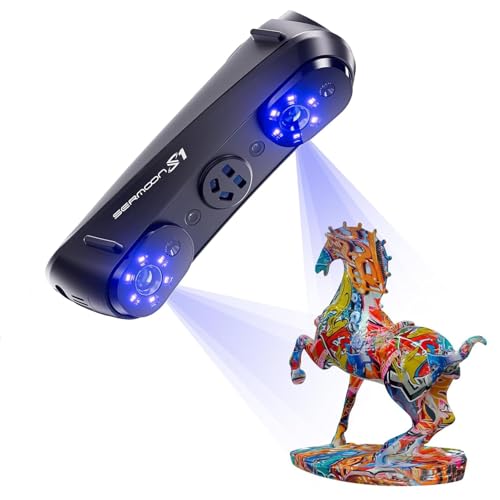Home security has come a long way from the days of “beware of dog” signs and leaving the porch light on. Today’s landscape blends old-school physical barriers with smart home innovation to create security systems that would make Kevin McCallister jealous.
These defense hacks we’ve compiled focus on effectiveness and affordability, because protecting your castle shouldn’t require royal treasure. The best part? Many of these upgrades can be implemented in a single weekend with basic tools and minimal technical knowledge.
18. Reinforcing Door Hardware
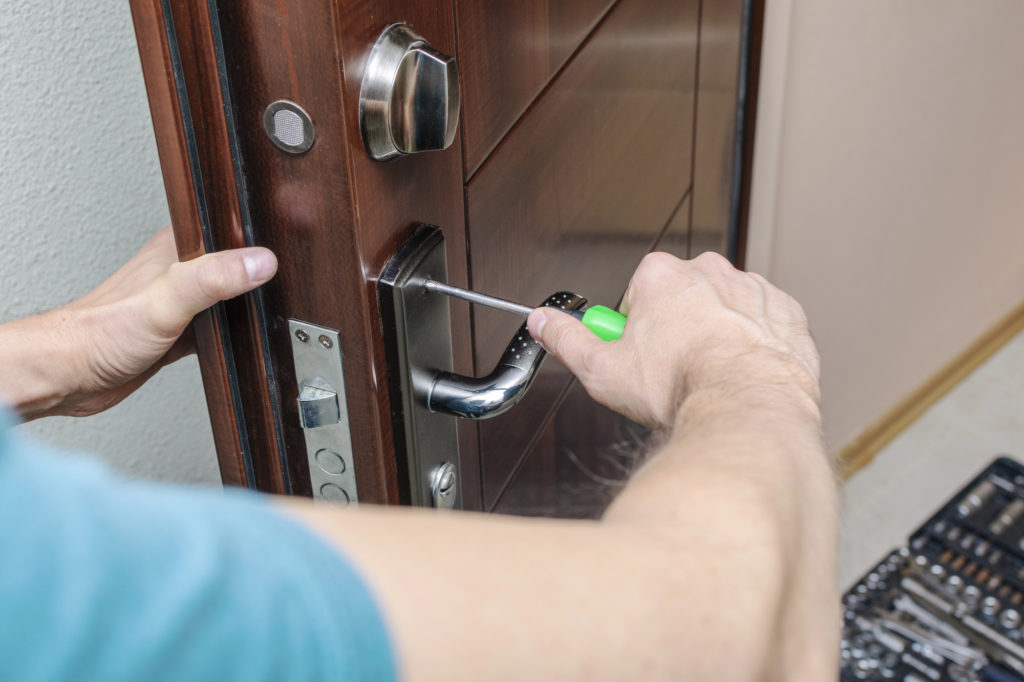
Standard doors fail under attack in seconds, leaving your home’s primary entry points dangerously vulnerable. The upgrade path couldn’t be simpler: swap those wimpy half-inch screws for robust 3-inchers that bite deep into the structural framing.
Add a reinforced strike plate to distribute impact forces and consider door armor kits that typically run $15-$25. Installation time varies from 10-30 minutes depending on your DIY skills. This analog upgrade creates digital-level protection, significantly boosting kick-in resistance without requiring a single app download or password reset. For those worried about home invasions, these straightforward hardware improvements create a first line of defense that often sends intruders looking elsewhere.
17. Door Wedges and Jammer Bars
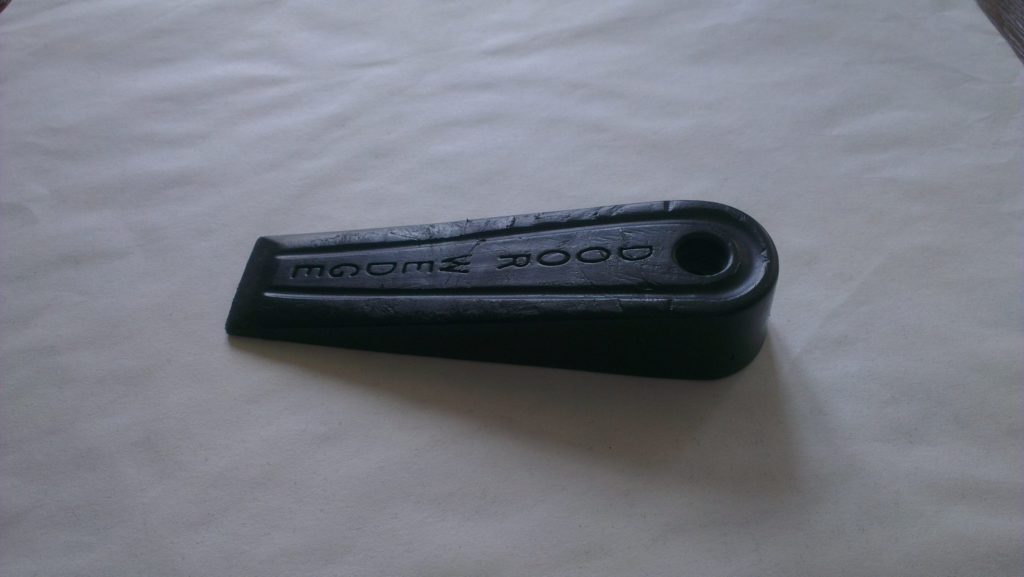
If you’re renting or traveling frequently, door wedges and jammer bars deliver instant security without permanent modifications. Rubber wedges ($3-$10) slide under doors creating friction that would make physics teachers proud, while jammer bars ($20-$25) brace against doors like miniature structural supports.
Neither requires the dreaded drill-and-damage installation that renters fear. They’re perfect for travel too – that sketchy hotel room instantly becomes more fortress-like with a wedge under the door. The beauty of these tools lies in their perfect technological elegance – no batteries to die, no firmware to update, just physical resistance that’s been working since the medieval era. When power fails or smart systems crash, these analog defenders continue working flawlessly while electronic solutions go dark.
16. Peepholes and Wireless Door Viewers
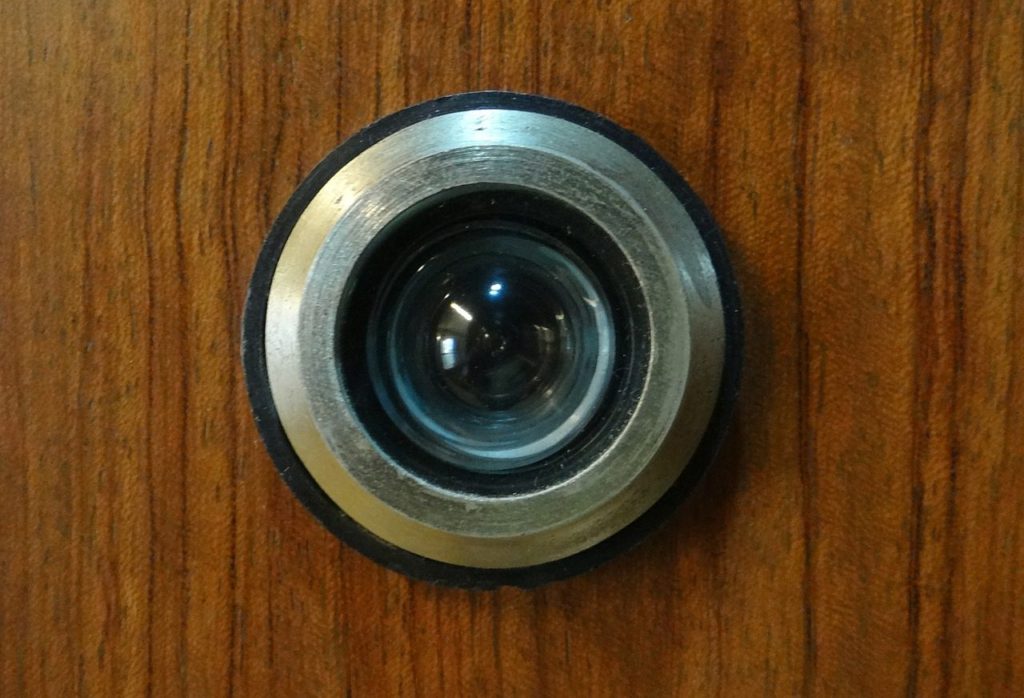
Seeing visitors before unlocking your door transforms an uncertainty into a controlled interaction. Wireless viewers ($30-$45) bring the outside world to convenient digital displays, offering resolution and viewing angles that make traditional peepholes look like pinhole cameras. With 170° fields of view, they eliminate dangerous blind spots.
Traditional peepholes remain efficient and affordable ($7-$12), functioning reliably without ever needing a firmware update. Think of these as your home’s preview screen – letting you decide which visitors deserve access to your personal space. The digital versions particularly shine for seniors or those with mobility issues, bringing the “who’s there?” function to eye level wherever it’s most comfortable. Next time a stranger knocks unexpectedly, you’ll appreciate the ability to assess the situation without revealing your presence.
15. Security Film for Windows
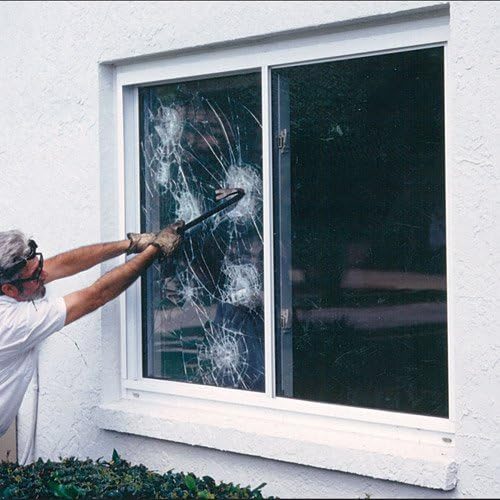
This transparent polyester shield creates invisible armor for your windows, delivering protection far more formidable than its slim profile suggests. Applied to interior glass surfaces, the 4-14 mil film creates a barrier that keeps shattered glass intact – like the difference between dropping a modern smartphone versus one from 2010.
When force meets filmed windows, the glass might crack but stays stubbornly assembled, dramatically increasing the time and noise required for entry. This temporal tax often convinces intruders to abort mission rather than risk continuing. Like the best tech accessories, it adds functionality without compromising aesthetics, while delivering bonus UV protection and improved thermal performance that might even trim your energy bill. That living room window facing the street might be your home’s most vulnerable point – unless you’ve reinforced it with this nearly invisible defensive layer.
14. Blackout Curtains and Aluminum Foil

During power outages, homes with bright interiors become display windows for opportunistic observers. Blackout curtains ($20-$100) function like high-end privacy screens, blocking 95-99% of light transfer while aluminum foil offers the budget alternative at under $5, essentially putting your windows in incognito mode.
During grid failures, illuminated homes broadcast their contents like Times Square billboards while darkened windows keep your business private. The curtain option delivers everyday functionality with style points, while foil provides emergency-level performance when aesthetics take a backseat to practicality. Both methods ensure your living space doesn’t become an unintentional display window for opportunistic observers. When the next neighborhood blackout hits, those without privacy solutions will be advertising their possessions like a showroom display.
13. Dowel Rods for Sliding Windows
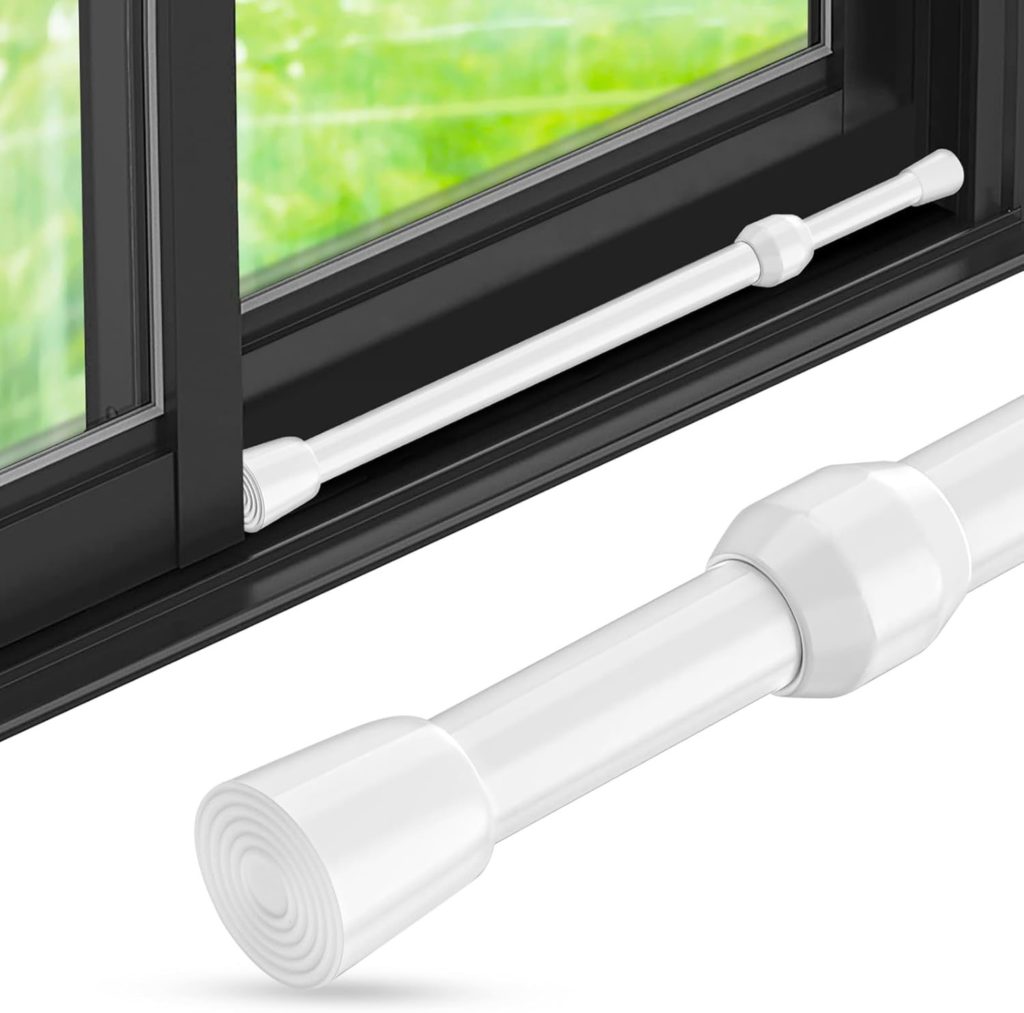
Burglars target sliding windows first, knowing they’re often the weakest points in home security. Wooden or metal rods (¾-inch to 1-inch diameter) cut to fit sliding window tracks create mechanical interrupts that prevent lateral movement – basically physical two-factor authentication for your windows.
At $2-$5 for wooden dowels or $8-$12 for metal versions, they’re among the most affordable security upgrades available, installing faster than downloading a new app. Their brilliance lies in sublime elegance – no electronics to fail, no batteries to replace, just physical resistance that’s been potent since windows could slide. They’re particularly valuable for ground-floor access points where more sophisticated entry attempts might target electronic vulnerabilities. Even a child can deploy these defenses in seconds, making them perfect for families looking to involve everyone in home security protocols.
12. Thorny Bushes

Nature’s original security system predates human habitation, yet remains surprisingly potent in our digital age. Security research consistently shows that strategic landscaping deters intruders – making thorny plants an efficient geofencing technology. Options like rose bushes, holly, barberry, and pyracantha create biological boundaries that are simultaneously beautiful and forbidding.
Planted 2-3 feet apart, they develop into living security barriers within a few growing seasons for $15-$50 per plant plus occasional maintenance. Unlike electronic measures, these security features appreciate over time, enhancing both protection and property value. They’re the rare security enhancement that improves with age, like a fine operating system getting better with each update. While burglars might bypass a motion sensor, they’ll think twice before pushing through a thorny hedge that will leave evidence on both their clothing and skin.
11. Cheap Window Alarms
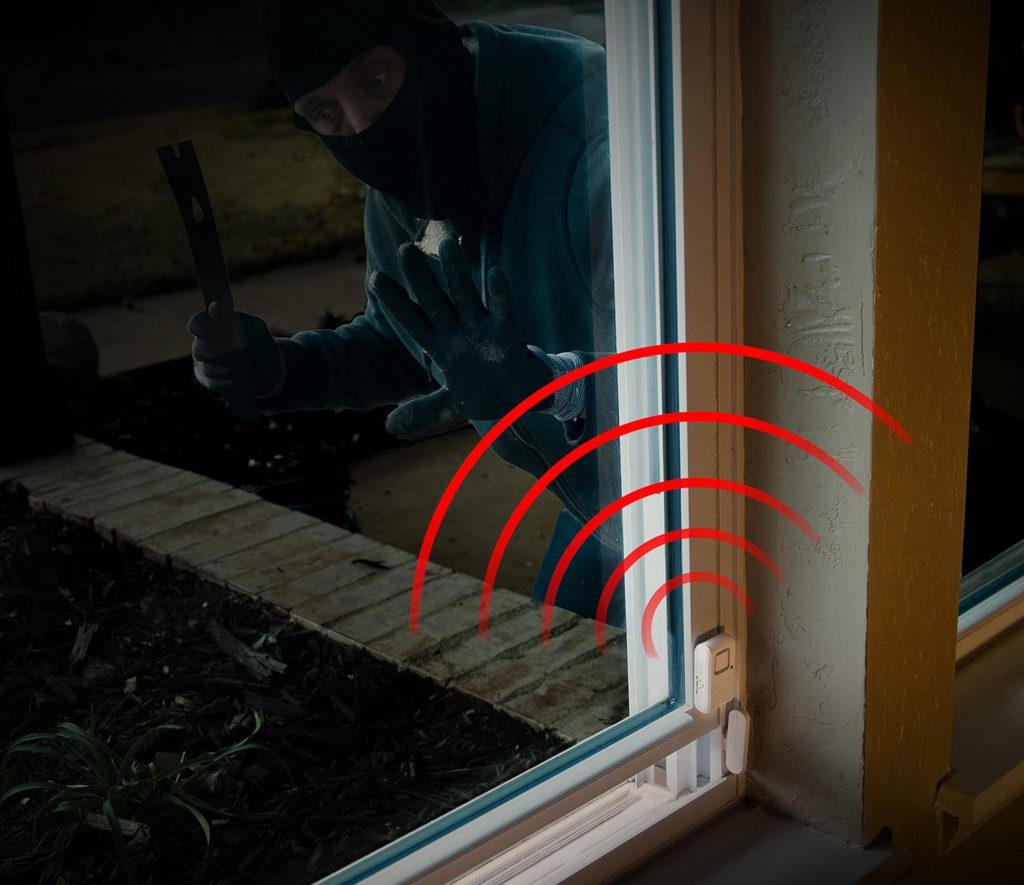
Alert neighbors instantly when windows are breached with these budget-friendly sensors for your entry points. When activated, they blast 110-120 decibel alerts – roughly the volume of front-row concert seats – instantly transforming quiet break-in attempts into neighborhood-wide notifications.
Battery-powered and available in multi-packs ($15-$30), they provide extensive coverage without breaking budgets. Installation rivals the ease of applying smartphone stickers – just peel and stick sensors to windows and frames. While lacking the bells and whistles of premium security systems, they deliver the core functionality most homeowners need: prompt breach notification with minimal setup hassle. Just one triggered alarm has sent countless intruders fleeing before they could complete their mission – proving that sometimes the most basic deterrents work most efficiently.
10. Reflective or One-Way Window Film
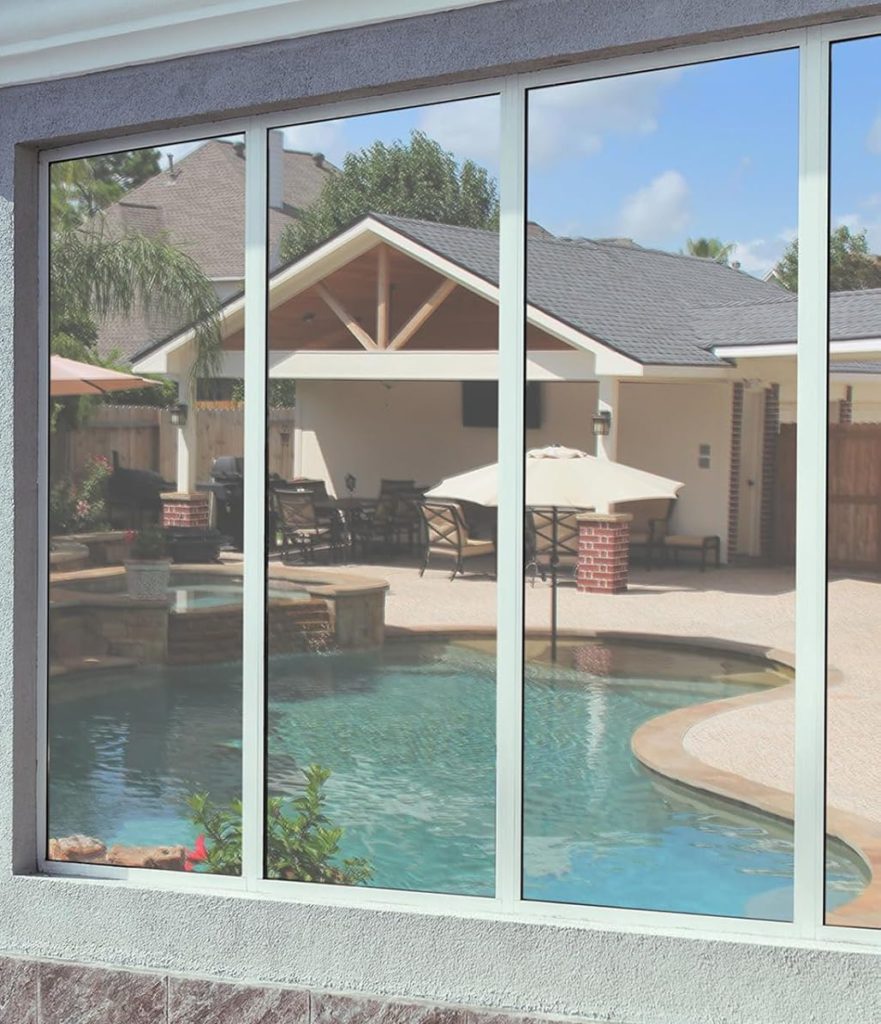
Maintaining privacy while preserving your view seems contradictory, but reflective window film delivers exactly this paradox. The metallic or polymer film functions like privacy screen protectors for your home, reflecting 30-60% of visible light to create a mirror effect that keeps your interior space secure from prying eyes.
Priced between $25-$90 per window depending on size and quality, the film pulls double duty by reducing heat transfer – essentially running background processes that lower cooling costs while maintaining security. Security studies suggest homes using reflective film experience measurably fewer intrusion attempts. It’s rare to find security enhancement that simultaneously improves energy efficiency, making this a particularly clever investment. Those summer cooling bills won’t know what hit them when this film starts rejecting solar heat while simultaneously enhancing your privacy.
9. Driveway Alarm Systems
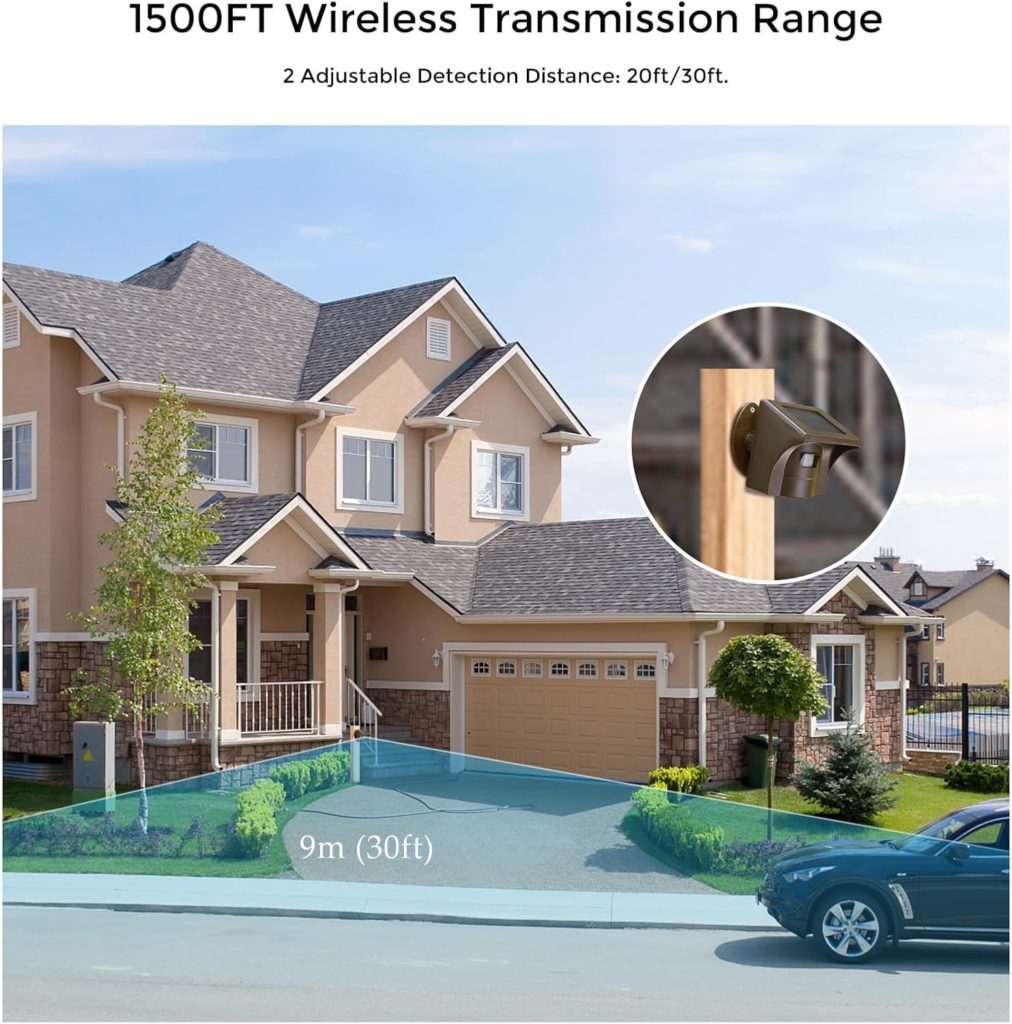
Caught off guard by unexpected visitors? Driveway alarm systems extend your awareness perimeter well beyond your walls. Using passive infrared technology similar to motion-detecting smart lights, these sensors detect approaching vehicles or pedestrians and transmit alerts before visitors reach your door – like getting push notifications about pending arrivals.
Basic systems cost around $35-$45 and offer customizable sensitivity to prevent false alarms. Installation involves positioning sensors at strategic entry points, with multiple units available for covering expansive properties. This advanced warning system provides crucial reaction time that transforms surprise encounters into prepared engagements. By expanding your awareness zone, these alarms function like an early warning radar system for your home. Those precious extra seconds of warning have helped countless homeowners prepare for unexpected situations, whether greeting welcome guests or securing doors against potential threats.
8. Exterior Motion Sensor Lights
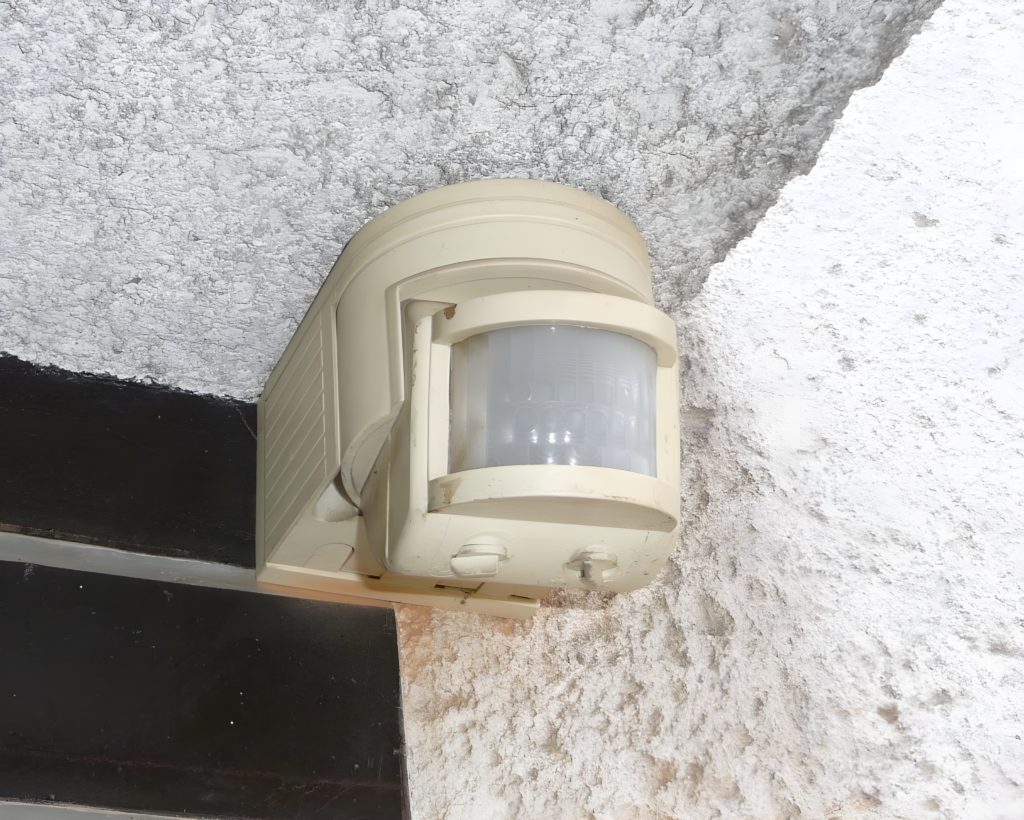
Darkness creates the perfect cover for intruders, but sudden illumination transforms advantages instantly. Motion-activated lights eliminate this vulnerability, bathing suspicious movement in revealing illumination that feels like suddenly being spotlighted on stage. These affordable devices create the digital equivalent of instantly unmasking anonymous trolls.
Solar-powered options ($20-$40) maintain functionality during power outages – precisely when security becomes most critical. When properly positioned around entry points and blind spots, they create comprehensive coverage that leaves nowhere to hide. The sudden illumination when someone approaches triggers innate psychological responses that often send potential intruders promptly retreating rather than risking continued exposure. Most security professionals consider proper lighting the single most important deterrent – criminals consistently avoid well-illuminated properties in favor of darker, more concealing environments.
7. Fake Security Cameras
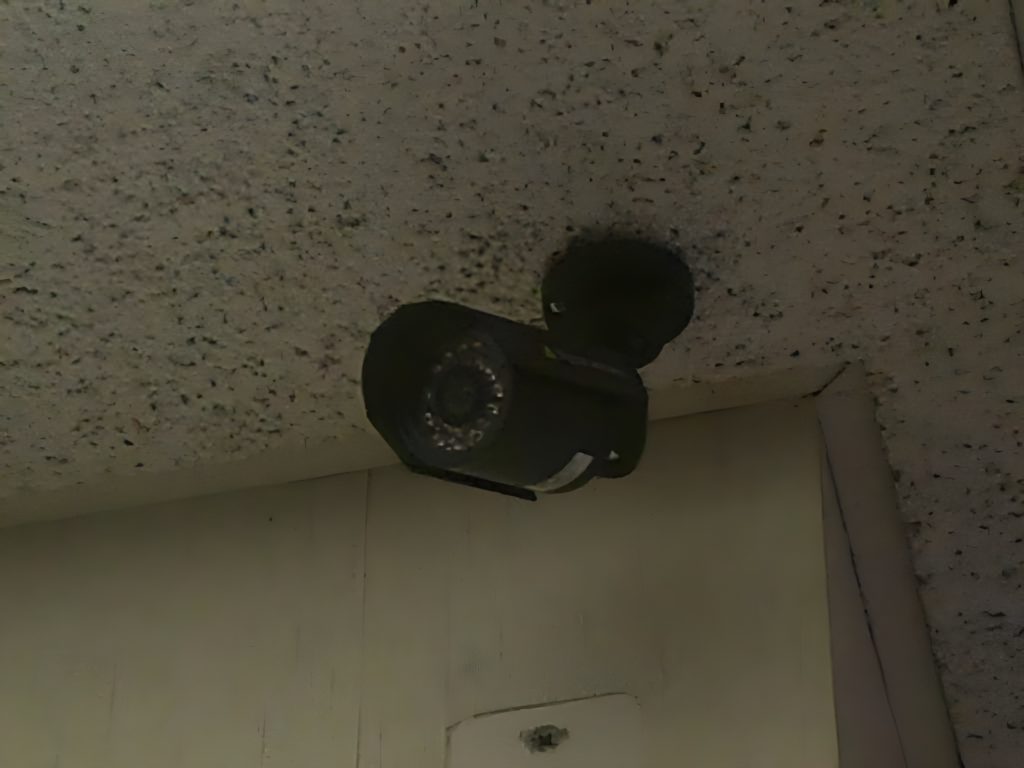
For less than a pizza delivery, these convincing replicas leverage psychological deterrence rather than actual functionality. Featuring realistic housing and blinking LEDs that mimic recording indicators, they create the impression of surveillance without the associated costs or complexity – digital scarecrows for your property perimeter.
Available for $8-$12, they install without wiring or technical knowledge. When combined with security signage, they suggest comprehensive monitoring that discourages opportunistic criminals seeking easy targets. While sophisticated intruders might recognize the deception, most casual observers are successfully deterred. They’re particularly useful for creating the appearance of more extensive coverage than your actual camera system provides. Paired with authentic security company yard signs, these visual deterrents create an impression of protection that exceeds their actual capabilities.
6. Battery-Powered Door and Window Sensors
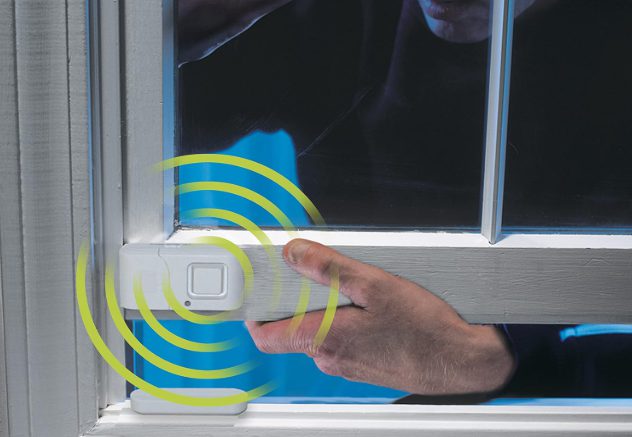
If you’re seeking modern security without complicated installation, these entry-level smart home components deliver impressive functionality through simple peel-and-stick mounting. Applied easily to doors and windows with adhesive backing, they provide comprehensive coverage in multi-packs for $30-$45. When triggered, they alert homeowners through smartphone notifications or audible alarms.
The wireless design allows optimal placement throughout your home without restrictive wiring considerations – perfect for both homeowners and renters seeking adaptable security. During potential break-ins, immediate notifications provide critical response time advantages. Consider these the gateway devices to more comprehensive smart home security – uncomplicated to implement, productive in operation, and upgradable when you’re ready for more advanced solutions. As your comfort with home automation grows, these basic sensors can integrate with more sophisticated systems that respond automatically to security events.
5. Solar Motion Sensor Lights
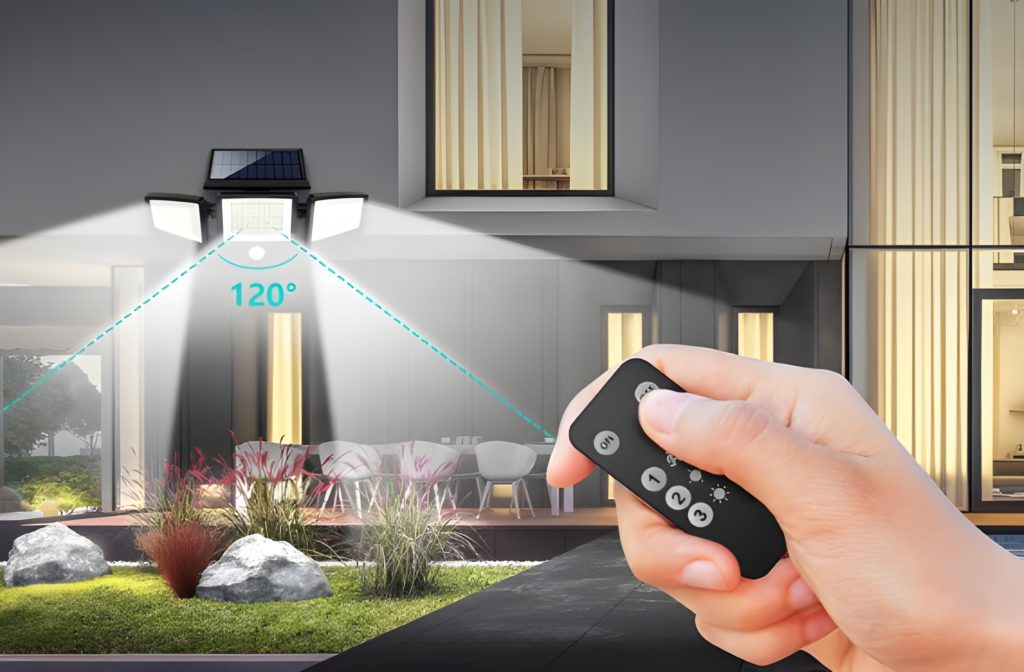
When power fails, these self-sufficient illumination systems continue functioning exactly when conventional security collapses. These intelligent devices generate their own power like real-world perpetual motion machines, harvesting solar energy to maintain security functions regardless of grid status. They shine particularly bright during electrical outages – precisely when conventional security systems often fail.
Available for $20-$40, the unexpected illumination when detecting approach creates powerful psychological deterrence that sends most potential intruders swiftly elsewhere. Strategic placement around entry points, dark corners, and access paths maximizes performance. These self-sufficient systems provide reliable protection without ongoing costs or dependencies, making them essential components of comprehensive security planning. The best security investments pay for themselves – these lights require zero monthly fees while simultaneously reducing threats and improving property navigation during nighttime hours.
4. Stick-on Battery Lights
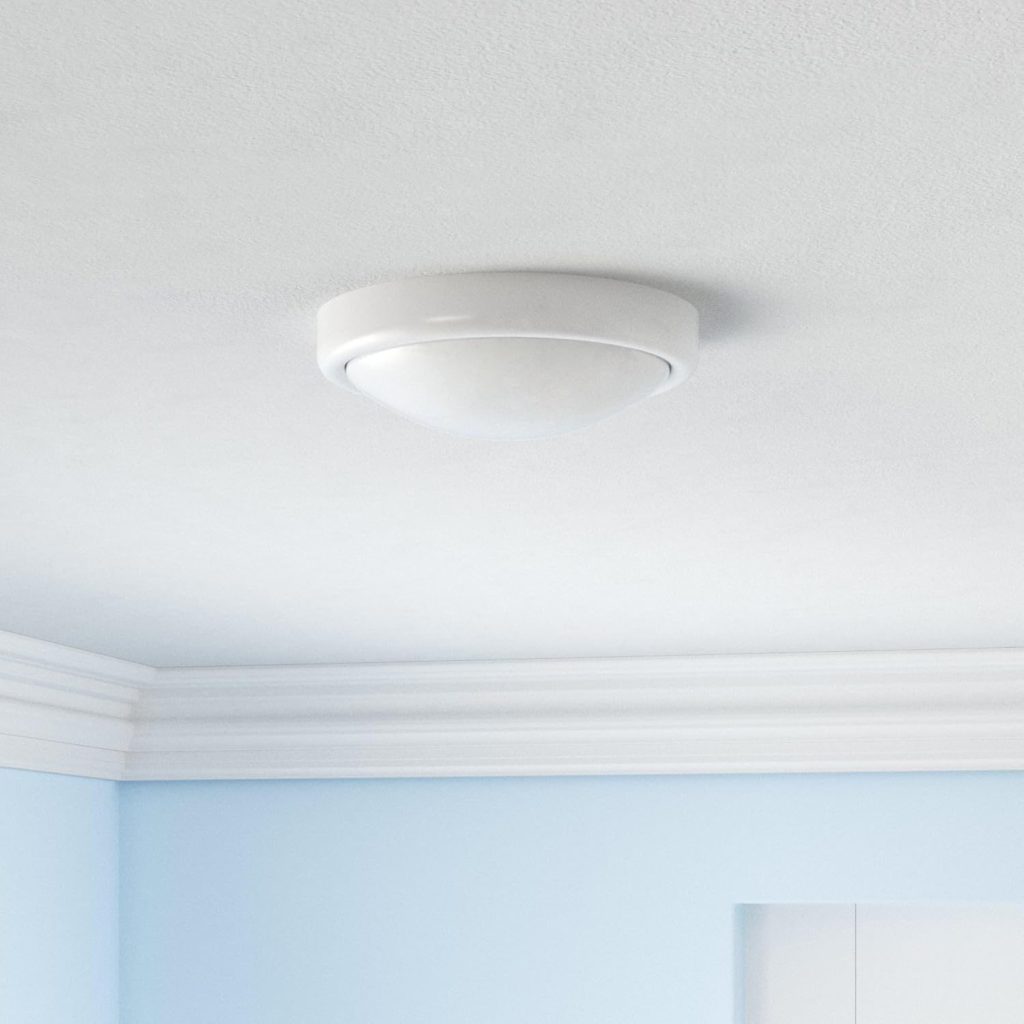
Eliminating shadows throughout your home creates instant security upgrades with minimal effort. These illumination modules function like quick security patches for your home’s dark spots. Available in multi-packs for $12-$28, they install in moments without tools or electrical knowledge – perfect for renters or those avoiding permanent modifications.
Motion-activated versions increase convenience while extending battery life through efficient operation. Their flexibility allows strategic deployment throughout living spaces based on specific security requirements. Despite their straightforward design, they successfully eliminate shadows that might otherwise conceal threats or hazards. Consider these the quick-fix lighting solutions that provide prompt security benefits without requiring infrastructure changes or technical expertise – the perfect entry-level enhancement for improved visibility. That dark hallway or shadowy stairwell transforms from potential hazard to safely navigable space with just one strategically placed stick-on light.
3. Glow-in-the-Dark Tape or Stickers

During prolonged blackouts, navigation becomes hazardous without reliable marking systems. This passive illumination technology stores light energy for gradual release, functioning like a physical backup power system for emergency navigation. Applied to crucial pathways, stairs, and doorways, these markers enable safe movement during power disruptions without requiring batteries or electrical connections.
With a typical glow duration of 8 hours after light exposure, the illuminated indicators guide movement through otherwise challenging environments. Each marked transition point improves safety, particularly for vulnerable household members. This elegantly straightforward technology requires no power source yet provides critical functionality when conventional systems fail – proving that sometimes the most reliable solutions don’t require constant updates or connectivity. A simple strip of glow tape marking your stairs could prevent serious falls during nighttime emergencies – making this inexpensive investment one of the most practical safety innovations for any home.
2. Wedge Interior Doors
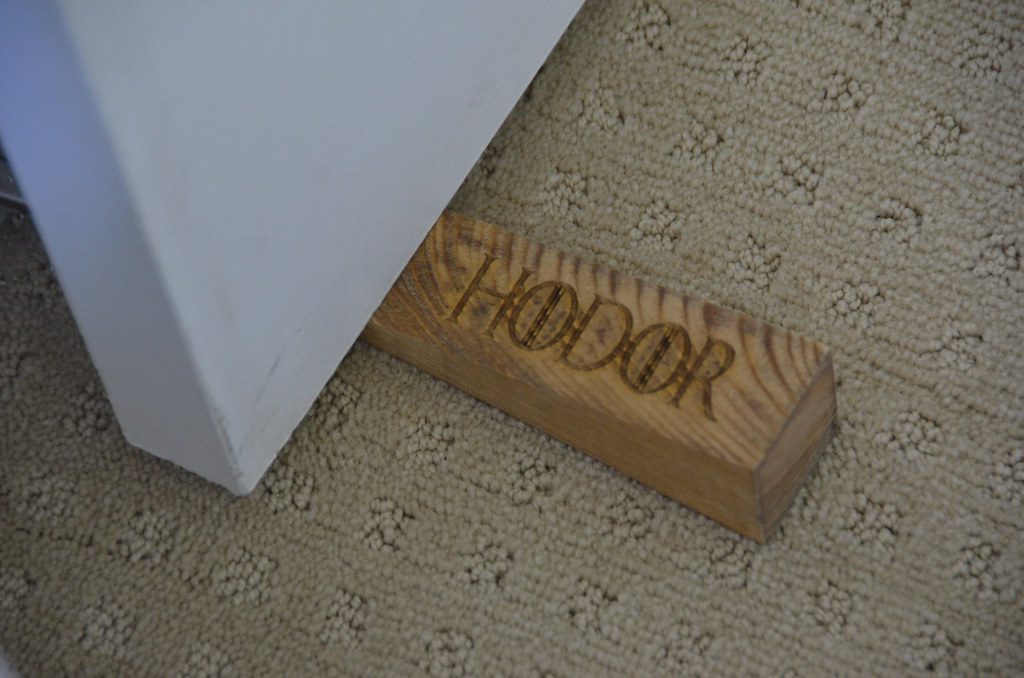
During home invasions, interior doors become your last defense line. Standard interior doors offer minimal resistance when locked – about as effective as password protection without two-factor authentication. Additional wedging creates physical multi-factor authentication that buys critical response time during security events. Keep reinforcement tools ready for expedient deployment when concerning situations develop.
The additional seconds gained often determine available response options during emergencies. While not creating impenetrable barriers, properly wedged doors provide substantial delay compared to standard locks alone. This minimal-investment strategy delivers significant security benefits during critical situations – essentially adding an extra verification layer to your physical access controls. For families with children, these extra moments of resistance could make the critical difference between vulnerability and reaching safety during emergency situations.
1. Exterior Video Cameras
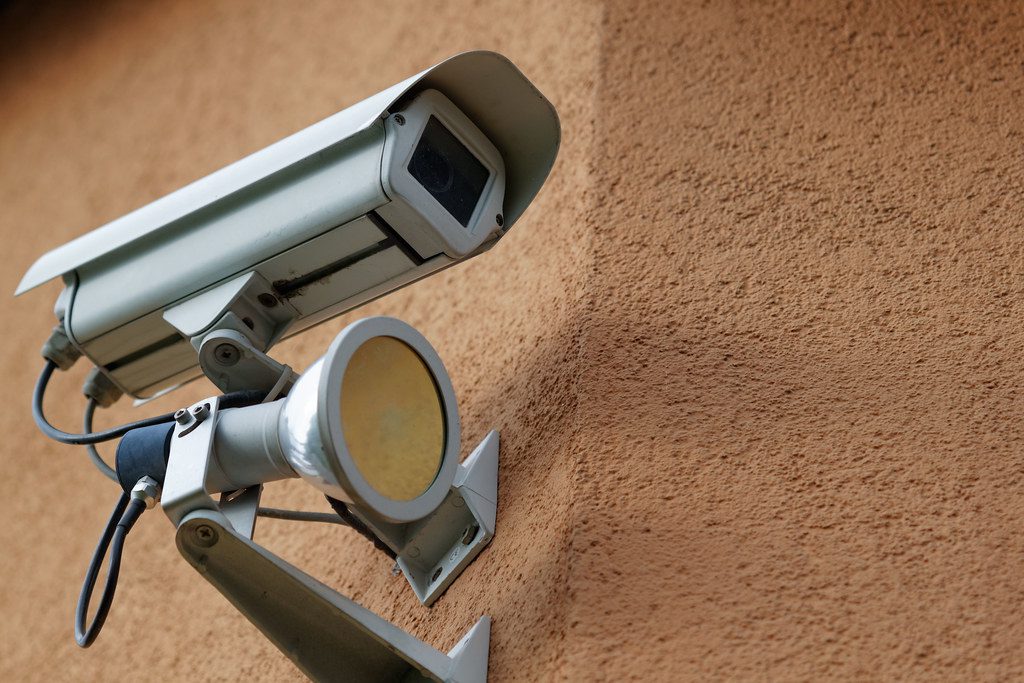
Home surveillance costs have plummeted, bringing enterprise-level monitoring to everyday homeowners. The digital sentinels of modern home security, exterior cameras function as continuous monitoring systems that simultaneously record evidence and deter potential intrusions. Recent price reductions have democratized this technology, with basic models starting at $35 and premium options around $100.
Installing cameras covering all access points creates both active deterrence and potential evidence. The visible presence of recording capability makes potential intruders reconsider targeting decisions. Technological advancement continues delivering improved resolution, night vision capabilities, and smartphone integration that transforms these devices from simple recorders to interactive security platforms. These systems represent perhaps the most significant security innovation of recent decades – bringing enterprise-level monitoring to residential applications. The psychological impact of visible cameras can’t be overstated – research consistently shows that properties with visible surveillance experience significantly fewer attempted break-ins than comparable unmonitored locations.


